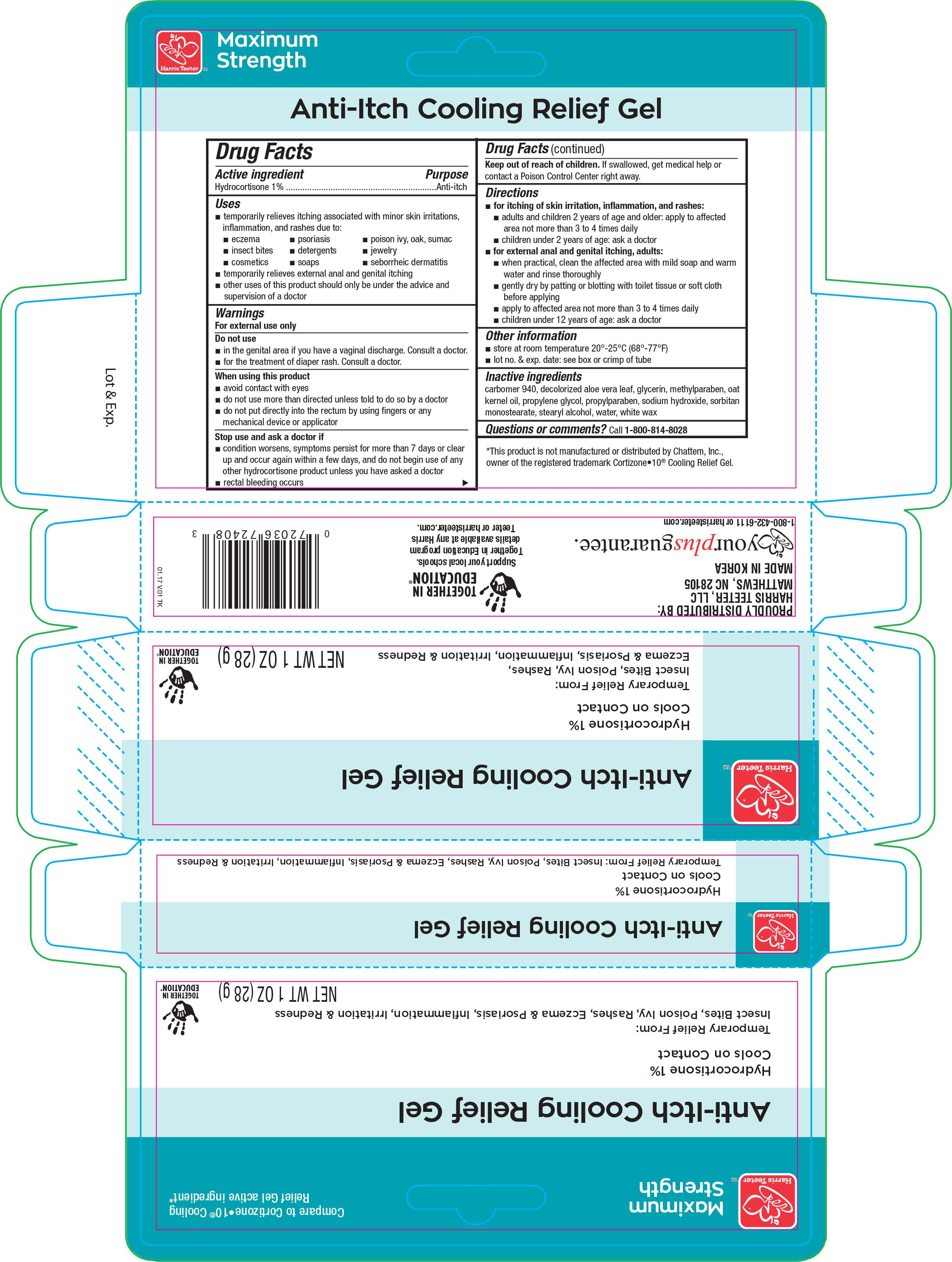Harris Teeter Anti-itch Cooling Relief | Hydrocortisone Gel while Breastfeeding

What is Harris Teeter Anti-itch Cooling Relief | Hydrocortisone Gel used for?
Purpose: Uses temporarily relieves itching associated with minor skin irritations, inflammation, and rashes due to: eczema psoriasis poison ivy, oak, sumac insect bites detergents jewelry cosmetics soaps seborrheic dermatitis temporarily relieves external anal and genital itching other uses of this product should only be under the advice and supervision of a doctor
Can I continue breastfeeding if I am using Harris Teeter Anti-itch Cooling Relief | Hydrocortisone Gel? How long does it stays in breast milk?

Harris Teeter Anti-itch Cooling Relief | Hydrocortisone Gel Breastfeeding Analsys
Hydrocortisone while Breastfeeding
SafeCAS Number: 50-23-7
Cortisol is a normal component of breast milk. Although unlikely to achieve harmful levels for the infant, it is preferred the use of an alternative (Methylprednisolone, Prednisolone, Prednisone). Intra-articular administration of depot prednisone derivatives may be a cause of transient decrease of milk production. Eleventh WHO Model List of Essential Drugs 2002: Compatible with breastfeeding.
Harris Teeter Anti-itch Cooling Relief | Hydrocortisone Gel Breastfeeding Analsys - 2
Hydrocortisone while Breastfeeding
CAS Number: 50-23-7
Hydrocortisone (cortisol) is a normal component of breastmilk that passes from the mother's bloodstream into milk and might have a role in intestinal maturation, the intestinal microbiome, growth, body composition or neurodevelopment, but adequate studies are lacking.[1] Concentrations follow a diurnal rhythm, with the highest concentrations in the morning at about 7:00 am and the lowest concentrations in the late afternoon and evening.[2][3] Cortisol in milk may protect against later infant obesity, especially in girls.[4] Hydrocortisone has not been studied in breastmilk after exogenous administration in pharmacologic amounts. Hydrocortisone in breastmilk is stable at room temperature and during repeated freeze-thaw cycles.[5] Although it is unlikely that dangerous amounts of hydrocortisone would reach the infant, a better studied alternate corticosteroid might be preferred. Maternal use of hydrocortisone as an enema would not be expected to cause any adverse effects in breastfed infants. Local maternal injections, such as for tendinitis, would not be expected to cause any adverse effects in breastfed infants, but might occasionally cause temporary loss of milk supply. See also Hydrocortisone, Topical. Hydrocortisone concentrations in breastmilk are not affected by storage for 36 hours at room temperature, during multiple freeze-thaw cycles, nor Holder pasteurization (62.5 degrees C for 30 minutes).[5][6]
I am nursing mother and I have already used Harris Teeter Anti-itch Cooling Relief | Hydrocortisone Gel, what should I do?
Harris Teeter Anti-itch Cooling Relief | Hydrocortisone Gel is safe in breastfeeding and should not create any health problem for your baby but in case you feel any health issue associated with Harris Teeter Anti-itch Cooling Relief | Hydrocortisone Gel you should contact your doctor or health care provider. Be it pregnancy or lactation you shall keep your doctor informed.
My health care provider has asked me to use Harris Teeter Anti-itch Cooling Relief | Hydrocortisone Gel, what to do?
Definitely, Harris Teeter Anti-itch Cooling Relief | Hydrocortisone Gel is safe in lactation for baby. No wonder your doctor has recommended it.
If I am using Harris Teeter Anti-itch Cooling Relief | Hydrocortisone Gel, will my baby need extra monitoring?
No extra baby monitoring required while mother is using Harris Teeter Anti-itch Cooling Relief | Hydrocortisone Gel
Who can I talk to if I have questions about usage of Harris Teeter Anti-itch Cooling Relief | Hydrocortisone Gel in breastfeeding?
US
National Womens Health and Breastfeeding Helpline: 800-994-9662 (TDD 888-220-5446) 9 a.m. and 6 p.m. ET, Monday through Friday
UK
National Breastfeeding Helpline: 0300-100-0212 9.30am to 9.30pm, daily
Association of Breastfeeding Mothers: 0300-330-5453
La Leche League: 0345-120-2918
The Breastfeeding Network supporter line in Bengali and Sylheti: 0300-456-2421
National Childbirth Trust (NCT): 0300-330-0700
Australia
National Breastfeeding Helpline: 1800-686-268 24 hours a day, 7 days a week
Canada
Telehealth Ontario for breastfeeding: 1-866-797-0000 24 hours a day, 7 days a week
